Av Baquedano
Av Baquedano is the main thoroughfare, and its northern section is an attractive pedestrian mall. A handsomely restored tram (which normally sits outside the theater) occasionally jerks its way down the avenue in the tourist high-season.
|
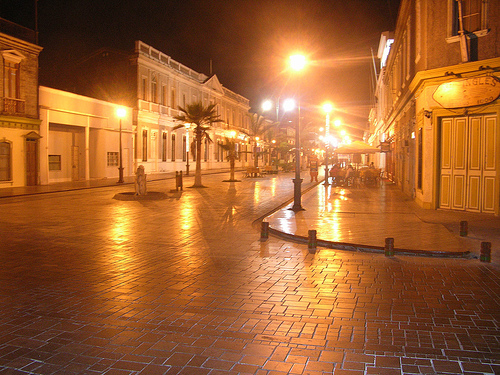 |
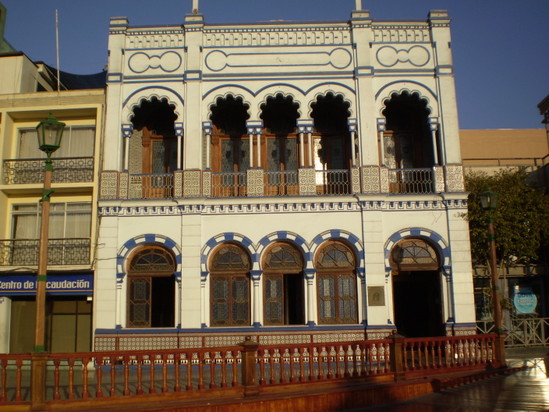 |
Casino Español
Despite hot competition, the prize for the showiest building in Iquique goes to the 1904 Moorish-style Casino Español on the plaza's northeast corner. This gaudily tiled creation is now a club and restaurant, but staff are surprisingly tolerant of travelers taking a quick whirl around the fanciful interior, which features murals and paintings of Don Quixote. |
Edificio de la Aduana & Museo Naval
Meter-thick walls enclose this haughty colonial-style customshouse, built in 1871 when Iquique was still Peruvian territory. Peru incarcerated prisoners here during the War of the Pacific, and the building would later see battle in the Chilean civil war of 1891. The Aduana houses a small naval museum with artifacts salvaged from the sunken Esmeralda , a plucky little Chilean corvette that challenged ironclad Peruvian warships in the War of the Pacific. |
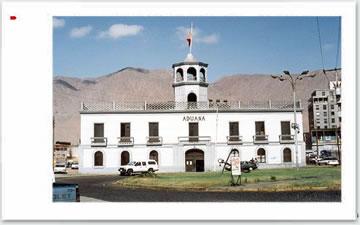 |
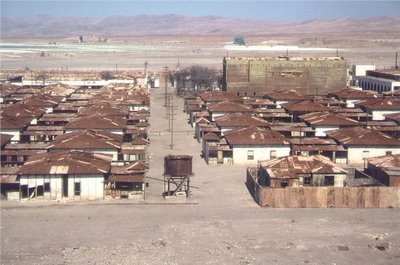 |
Humberstone
The influence and wealth of the nitrate boom echo through the now deserted ghost town of Humberstone. Established in 1872, this mining town once fizzed with an energy, culture and ingenuity that peaked in the 1940s. However, the development of synthetic nitrates forced the closure of the oficina by 1960 - 3000 workers lost their jobs and the town dwindled to a forlorn shell of its former self. |
Iglesia San Antonio de Padua
The Iglesia San Antonio de Padua is worth a visit for its twin bell towers and star-encrusted ceiling. |
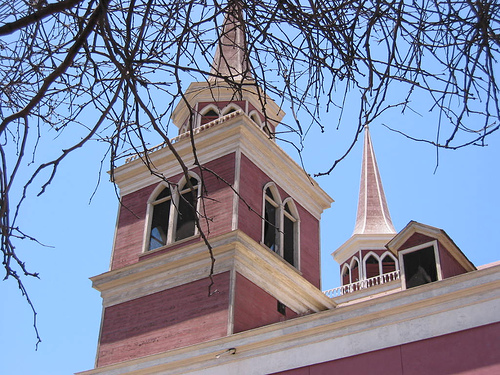 |
 |
Iquique English College
South of Plaza Prat, Av Baquedano is lined by Georgian-style balustraded buildings dating from 1880 to 1930. Among them is the Iquique English College. |
Muelle de Pasajeros
Hour-long boat tours around the harbor leave from Iquique's 1901 passenger pier, just west of the Edificio de la Aduana. The tour floats past the Boya Conmemorativa del Combate de Iquique, a buoy marking the spot where the Esmeralda sank in a confrontation with the ironclad Peruvian Huáscar. It also approaches a colony of sea lions. |
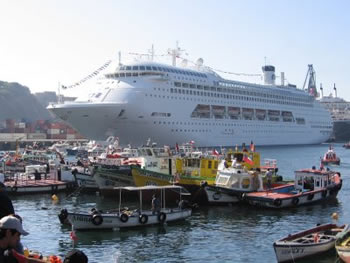 |
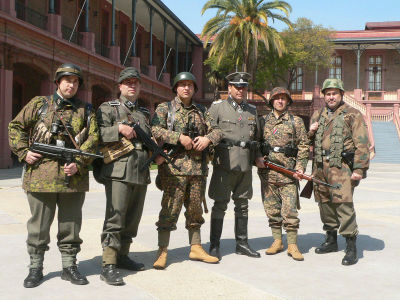 |
Museo Histórico Militar
Iquique's little military museum, Museo Histórico Militar features a patriotic parade of exhibits on the War of the Pacific. The enthusiastic guard usually allows guests to wield an original cavalry sword. |
Museo Regional
Iquique's former courthouse now hosts the catch-all Museo Regional, which earnestly recreates a traditional adobe altiplano village (complete with mannequins in Aymara dress). The surrounding chambers also have some attention-grabbing exhibits, from animal fetuses floating in formaldehyde to masked Chinchorro mummies and elongated Tiwanaku skulls. Interesting photographs also explore Iquique's urban beginnings, and a fascinating display dissects the nitrate industry.
|
 |

